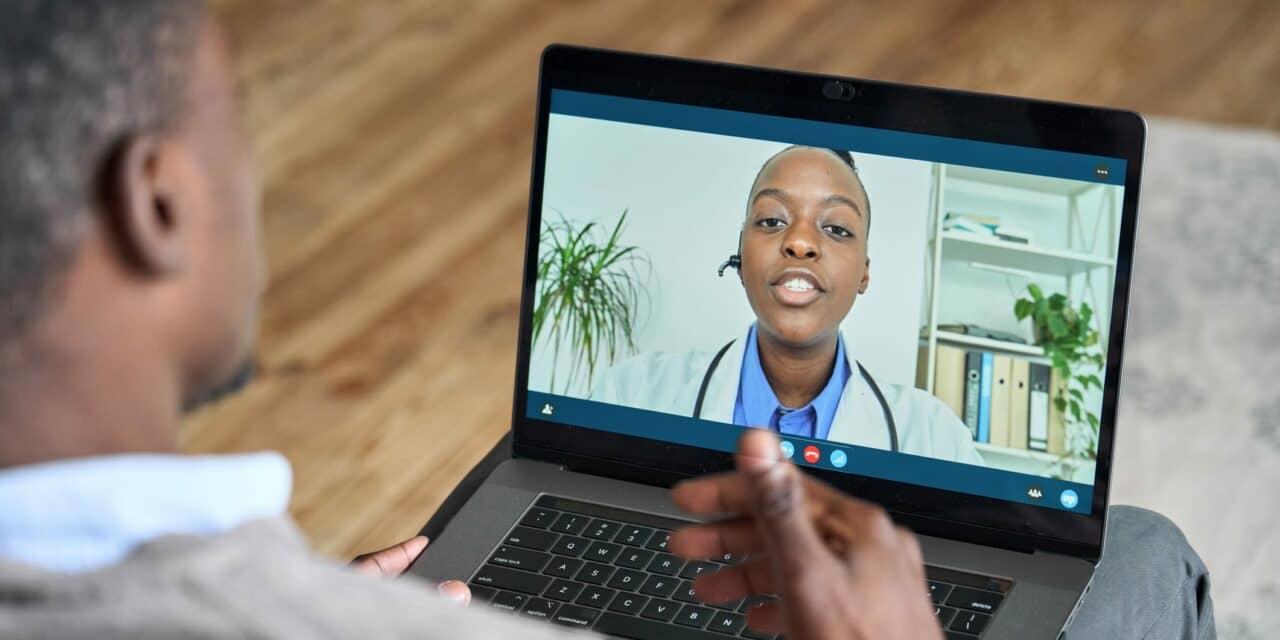A recent review of a national telehealth program launched by the Veterans Health Administration’s Office of Rural Health, part of the Department of Veterans Affairs (VA), to improve access to sleep care for rural veterans shows the program successfully aided in the diagnosis of sleep apnea for participants.
The paper, published in the Journal of Clinical Sleep Medicine, found that over four years during the program the number of veterans diagnosed with obstructive sleep apnea spiked by 33%.
“Sleep disorders are highly prevalent among veterans, but rural veterans face a geographic disparity in access to sleep care,” says Victor Chun, MD, a pulmonologist in Los Angeles at the University of California, and his collaborators in the paper. “Rural veterans comprise a large segment of veterans who receive sleep specialty care through the VA. However, access to sleep care is disproportionately limited for rural veterans.”
Called TeleSleep Enterprise-Wide Initiative (EWI), the program consisted of virtual synchronous care, home sleep apnea testing, and a patient and provider-facing web application that enabled veterans to engage with their sleep care and sleep care team. EWI was designed as a hub-and-spoke model, where larger medical facilities with established sleep centers cared for smaller, rural sites with a shortage of providers.
As part of the program, the VA invested in more than 2,000 Nox T3 home sleep apnea testing devices, which were sent to 81 VA medical centers.
Before the telehealth program, in-lab polysomnography was the standard of care within VA medical facilities for diagnosing obstructive sleep apnea. While in-lab polysomnography is still required for certain patients, the VA pivoted to home sleep tests with a goal of increasing access to sleep testing, reducing wait times, cutting travel time to sleep labs, and improving the overall experience of receiving care for patients.
Between 2017 and 2020, facilities involved in the telehealth program saw a jump in the number of veterans undergoing sleep care, going from 33,725 to 98,868. Meanwhile, during the same period, the number of sleep care visits and tests more than doubled.
“The TeleSleep EWI resulted in a significant increase in rural veterans accessing sleep care by utilizing home sleep apnea testing to establish a diagnosis of obstructive sleep apnea and virtual care for follow-up,” according to the paper’s authors.
Photo 218230234 © Dark1elf | Dreamstime.com





